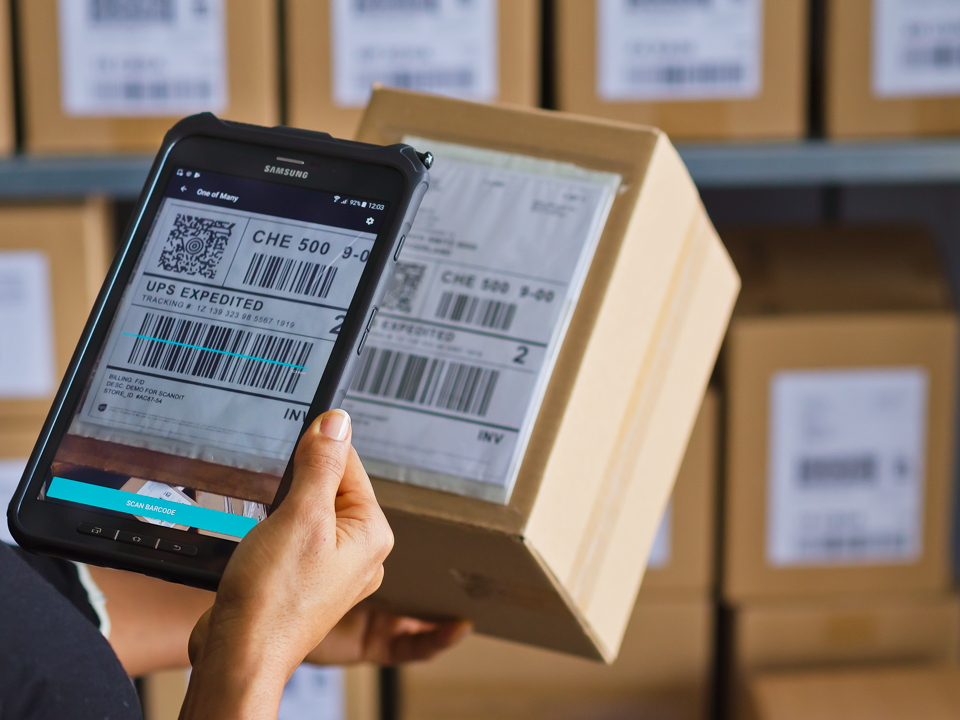In the ongoing effort to improve food safety and traceability, technologies are constantly evolving to bring more accurate information to retailers and consumers about where their food comes from. From brand-specific universal product codes in grocery stores to block-chain tracking an individual head of lettuce, it all starts with the case and pallet tags growers provide.
Barcode SDK
When choosing a barcode reader SDK, the first consideration should be — does this SDK support multiple platforms? As with any business, it’s important to understand your customers and how they interact with your product or service. Even if your initial requirement is to build an application for a single platform such as a web-based or a mobile application, the barcode reader SDK you choose should be able to expand to meet future requirements.
Customizable Scan Settings
Similar to zonal reading, a document that contains a certain barcode symbology can be pre-set to eliminate wasted processing power, therefore improving decoding speed. The ability to define a scan zone is essential for an enterprise-grade barcode solution. This greatly improves the efficiency for scanning batches of documents with a pre-set barcode location such as a driver’s license or an invoice where the barcode location is fixed.
Don’t violate quiet zones
For the scanner to accurately recognize the beginning and end of the code, there must be a sufficiently large white area around each barcode – the so-called ‘quiet zone’. This area should be at least 5 times the width of the narrowest bar. Make sure that even subsequent finishing (e.g. film lamination) does not disturb the quiet zone.
Print high-contrast
High-contrast prints are easier to capture by scanners. Avoid light-coloured barcodes on light-coloured backgrounds and dark barcodes on dark backgrounds. Certain barcode colour combinations are also particularly unfavourable (e.g. red on white or black on blue). The best contrast is achieved with a black barcode on a white, non-transparent background.
Choose matte surfaces
Glossy materials such as lacquered cardboard, aluminium cans or film paper can affect readability, as they often do not optimally reflect the scanner’s infrared light or diffuse it too much. Try the following trick: Print the barcode inverted by reversing the colours. Instead of printing the black lines, print the white gaps!
You could also try a two-dimensional barcode type that is a little less complicated than the linear one: a data matrix code. Due to its high fault tolerance, it remains legible, even if up to 30% of its code is damaged.
Ensure proper print quality
If parts of the barcode are damaged, it is no longer readable by barcode scanners and cameras. If you are using a label printer, check your thermal printing process: Direct thermal prints are not very durable as the label paper is sensitive to heat, abrasion and light. Thermal transfer direct prints are much more durable.
Furthermore, the printer itself can reduce the print quality if, for example, the nozzles and heating elements are dirty or damaged. Try cleaning or replacing the print head. Also, read our tips on how to check barcodes without a scanner to identify tricky printer errors with the naked eye.
Follow specified standards
In some cases, you will need to make sure that your barcodes will be accepted by other companies throughout the supply chain. Maybe even all over the world. This means that your barcode images must meet certain rules that specify your barcode’s print quality, bar height, colour and background as well as its position on the label or packaging. Organizations such as GS1, which drive the global development and standardization of barcodes, provide according to guidelines, tools and services.
On a final note,
Your barcode must not be (partially) covered or obscured by any other objects during the scanning process. Likewise, you need to know that barcode readers have certain focal lengths that allow scanning only within their reading distance range. Even the angle, in which the reader is held or mounted in, can affect the readability. Hence, make sure the barcode is easily accessible but also protected from dirt, buckling and any other damage risks.
Similarly, having more image information such as the “binary-isation” block size adds flexibility for fine-tuning the barcode scanner to optimize each user scenario.

